A WordPress website – whether simple or complex – requires a great deal of management. From themes, plugins, and upgrades to user management and more advanced settings, every task must be dealt with carefully and frequently. But the difficulty sets in when you are managing more than one websites individually from different dashboards.
Let’s introduce WordPress Multisite: the official feature to ease such management. Basically, its ease is the ability it gives its users to manage multiple websites simultaneously from a single dashboard.
So, now you know what WordPress Multisite is but what are its benefits? Should you use it or not? Brace yourself as we discuss the key benefits of WP Multisite and specific situations where it’s a bad idea.
Advantages of WordPress Multisite
1. Quick Access To Many Websites
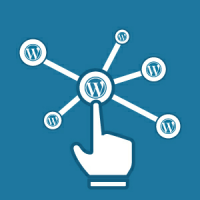
Originally, WP Multisite was called WP Multi-User (MU) and was flawlessly different from the standard WP release. This continued until WordPress 3.0 was released as a merger of the standard WordPress and WordPress Multi-User under the name WordPress Multisite. Multisite is for those bloggers, writers, authors, or website owners in general who own and/or manage two or more websites.
All is required is a single installation, which will allow you to manage many websites, blogs, or vlogs with a single admin login.
In addition, this apparently converses time as admins do not need to go through multiple WordPress installation processes. A single process and that’s all.
2. Shared Plugins
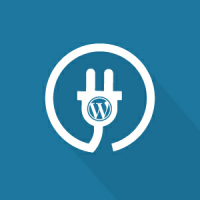
You can save more time by using shared plugins on WordPress Multisite. You just need to download and install a particular plugin once like you have just a website. After installation, you can conveniently activate the plugin for all your websites by clicking on the Network Activate button and all will be taken care of. Alternatively, you might want to activate the plugin for a specific website.
To do so, install the plugin using your Network Admin credentials. Next, visit the website as an administrator so you can activate the plugin for that particular website.
Regardless of which you need, using a shared plugin saves time and energy. You just have to download, install, and update a plugin once and it will be effective on all websites instantly.
3. Shared Themes
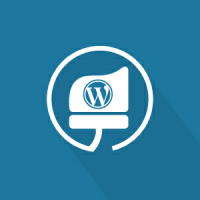
Similar to shared plugins, the perk of shared themes is one major reason most people opt for WP Multisite. Meanwhile, installing and using shared themes is cleaved into two options First, you can install from Network Admin and activate it for all websites.
Second, you can install from Network Admin and activate it for a particular website.
Further, you definitely want all your websites to look different and distinctive so your visitors can easily spot a uniqueness. To accomplish this, you can utilise a parent theme and a number of diverse customised child themes based on the number of your websites. In contrast, using a uniform theme for all your websites isn’t such a bad idea…you can use it.
4. Shared Users

Just like shared plugins and themes, you can use the shared users perk to manage multiple users. Without Multisite, managing multiple users and setting individual permissions are overwhelmingly tedious tasks.
With Multisite, it is both easier to manage multiple websites with an admin account and to set permissions for other users.
In basic terms, the single user is shared across multiple WP websites so the user only needs a login to the dashboard to manage all the websites. Permission settings can also be handled according to your requirement. (For instance, a particular user can have different permissions for each website.)
5. Advanced Settings

Advanced settings and configurations are more accessible in a quicker and more efficient fashion. So, you can modify any setting or configuration of each website with ease and by switching from one website to another. For instance, if you want to apply the same settings or configurations across all or a number of your multiple websites, the settings will be effective on the selected websites simultaneously.
Apparently, these points ease the management of your websites. However, the process isn’t as simple as it seems. In fact, it is complex but the pros outweigh the cons. It is complexity against convenience, ease, and efficiency.
6. Upgrade Once
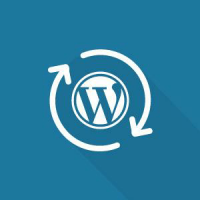
While upgrading a WordPress version to a higher version can be quite taxing, it is much easier with WP Multisite. Instead of repeating the same process over and over again, you can do it once and be effective on all websites. As the Multisite feature follows the same settings, everything tends to be easier. A single upgrading process is required, and you’ll have all your websites up-to-date.
Where is the WordPress Multisite not suitable?
Nevertheless, there is always one or more drawbacks to even the best things – especially technology-related. Similarly, WordPress Multisite is with certain drawbacks that you should be aware of before opting for this feature.
Although the WordPress Multisite is the great option with a number of useful benefits, it is not suitable for all websites.
For one, all websites under a WordPress Multisite operate as separate units with little to no overlap. This means if you need your websites to share data and users exclusively, WP Multisite is not suitable for you.
If your primary aim is to have web pages with distinct designs, you can effortlessly execute that by using a plugin that switches themes. And if you want to set numerous access levels for different users, you’d execute that with the help of a plugin.
Additionally, you should stay clear of a WordPress Multisite environment if you tend to add new themes and/or plugins to your website frequently.
Apart from the aforementioned, there are other important points to consider:
- There is a possibility that some plugins won’t work with Multisite. Let’s say you love (or are addicted to) plugins, Multisite is not for you. To reiterate, you should think twice before installing Multisite.
- When using Multisite, you cannot add or remove themes and plugins from a single site. Nevertheless, they can be activated or deactivated if they are present on the Multisite Network.
- When using Multisite, all your sites will be affected when your hosting server is set up with an ineffective configuration or has frequent downtime.
Conclusion
In summary, WordPress Multisite is a brilliant time saver and an easier method to managing more than one WP websites. You can easily manage the plugins, themes, users, and databases of all your websites from a single admin dashboard. But on the other hand, this feature should be avoided if keeping your websites separate is linked to one or more functional or security concerns.
Right now, all we want to explore are new pros and cons of WordPress Multisite based on your experience. So, feel free to comment in the section below. You can also point one or more corrections, additions, etc. And if you are curious about anything related, do comment as well.
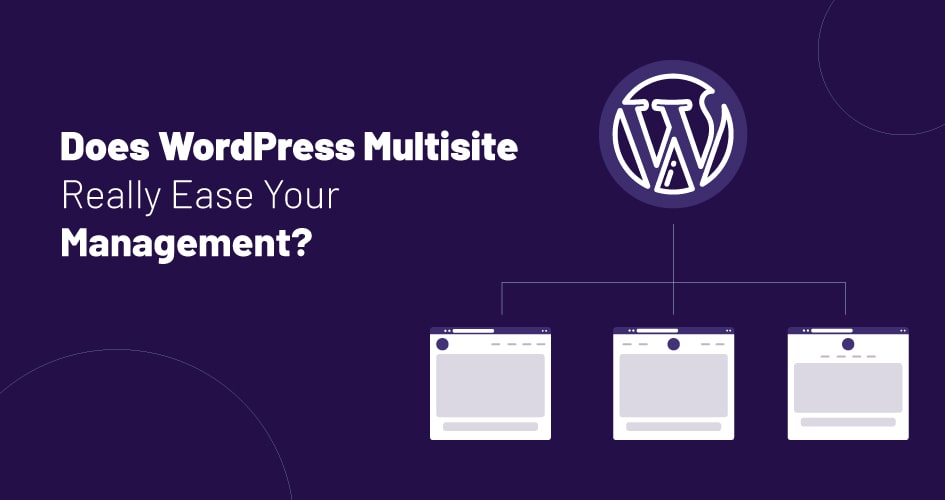
Leave a Reply